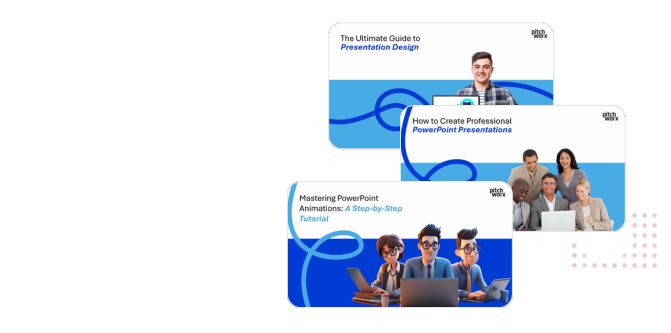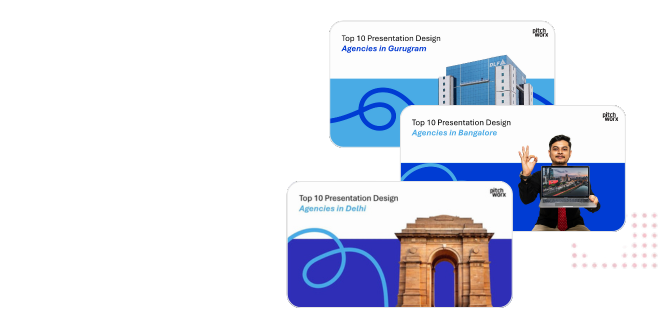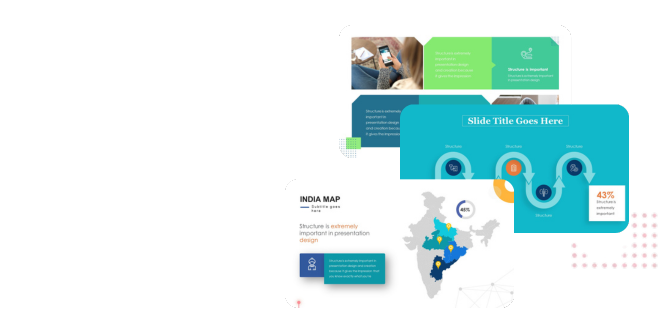From childhood cartoons to the everyday reels and shorts we consume, we have all been exposed to videos and animations to a certain extent. But what exactly is the difference between the two? Are animations just that? Cartoons? Essentially, yes. They are like the cartoons that we grew up watching. But its use has since expanded from mere entertainment for children to deliver important information in a corporate setup. As an animated explainer video company that offers both video and animation services, we figured it’s time to analyse the two. Their differences and their benefits for businesses.
What is animation?
Animation uses sketches or inanimate objects captured in succession in a series of frames designed to depict real-life movements. This is a more traditional way of animating. The contemporary approach includes both designing sketches and manipulating them on a computer. Be it 2D or 3D animation, animators can now create objects, generate movements and render them digitally.
So, irrespective of the approach, animation can be understood as a method of manipulating objects to appear as if they are moving.
What is video?
Video, on the other hand, can refer to the recording and broadcasting of real-life footage. It could be humans or other inanimate objects that are shot with the help of a camera. Most video production companies use the word “live-action video” to specify this format. This is because the word “video” is also often used in conjunction with the word animation, e.g.: “video animation”, or “2D animation explainer video.”
Benefits and uses of animation
One of the major benefits of animation is that there are no limitations. You can quite literally create anything that you imagine.
This is especially useful in visually representing an abstract idea, or showcasing a product prototype in 3D. With animation, you can now bring complex concepts to life in colourful and inspiring video content to engage your audience easily. Be it for pitching business ideas, onboarding communications, tutorial videos explaining new projects, or safety instructions, anything could be simplified and made engaging with the help of animations.
Further, the use of short animation is also very prevalent in web or mobile applications to keep the users entertained while they wait for information or for the page to load. These beneficial use cases have made animation a staple in web and mobile app development as well.
With animation, the sky is the limit!
Benefits and uses of videos
Videos or live-action videos, as distinguished by explainer video companies, have a slight edge over animation. While animation can transcend the limitations of shooting a live-action video, LAVs have the benefit of human emotions depicted visibly on screen.
This is an engaging content format for businesses that want to showcase human stories, document real-life events, celebrate the people that form the crux of the business, and so on. It humanises the brand and improves connection with prospective clients. This type of video content builds authenticity and emotional connection while delivering a key message.
What’s best for your business?
Now, you might wonder which format is better for your business. Is it a live-action video or animation? Consider these following questions to help you choose a format that will benefit your brand.
- What do you wish to achieve with your video?
- What is the key messaging that you wish to deliver?
- Does the message require a human to feel authentic?
- Who are your audience? Where will the content be published?
- What is the concept you want to portray?
Answering these simple questions will help you determine which form of video content is most suitable for your brand. If you’re still unable to decide, reach out to our PitchWorx team and we will be more than happy to help you out with your queries and also create an amazing video for you!










